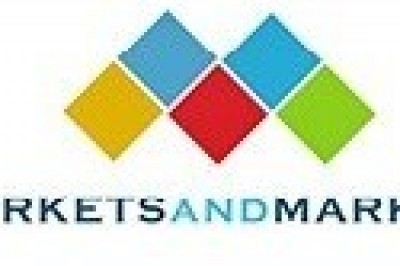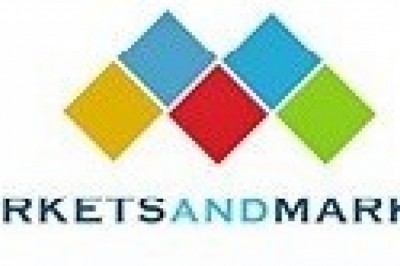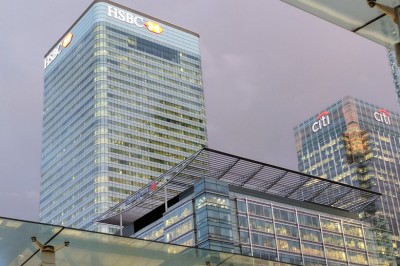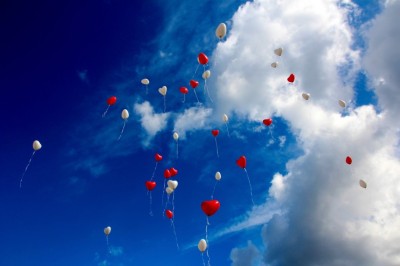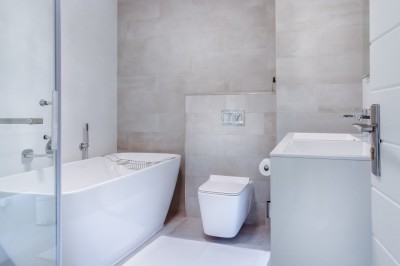Attractive Business Opportunities in Lithium-ion Battery Recycling Market
The lithium-ion battery recycling market is estimatedat USD 1.78billion in 2017 and is projectedtoreach USD 23.72billion by 2030, at a CAGR of 22.1% from 2017 to 2030.Risingconcerns about depleting earth metals and government initiatives to recyclebatteries are drivers for the battery recycling market globally. Subsidies toencourage battery recycling and the growth in the number of hybrid and ElectricVehicle (EV) batteries are expected to provide growth opportunities for thebattery recycling market. Issues related to spent battery storage andtransportation are expected to restrain growthofthe battery recycling market.Some of the leading playersoperating in the lithium-ion battery recycling market include Umicore(Belgium), Glencore (Switzerland), RetrievTechnologies (US), Raw Materials Company (Canada), American Zinc Recycling(INMETCO) (US), and Battery Recycling Made Easy (US), amongothers.
Download PDF at https://www.marketsandmarkets.com/pdfdownloadNew.asp?id=153488928
Keymarket players have focused on the adoption of strategies such asnew supplycontracts, acquisitions,and expansions to cater the demand for lithium-ionbattery recyclingacross variousindustries such as,marine, automotive, power, and industrial applications.
In April2016, Umicore planned the capacity expansion of Nickel-manganese Cobalt (NMC)cathode materials to meet the increasing demand. The expansion program entailedan investment of approximately USD 177 million over a period of three years atthe company’s existing facilities in Cheonan (South Korea) and Jiangmen(China), as well as greenfield investment on adjacent land in both locations.Withthis expansion, the company further strengthened its position in the European andNorth Americanmarkets.
In January2017, Umicore acquired three NMC patent families for cathode materials used ina wide range of lithium-ion rechargeable batteries from 3M. Through this deal,Umicore acquired all existing and future licensing rights to the three patentsthat it had previously been using under license from 3M. These patentscollectively cover South Korea, China, Japan, Europe, and the US and are valid between 2021 and 2024. With this acquisition,the company further strengthened its presence in the Asia Pacific region.
In 2015,KBT (Kinsbursky Group Company) established a battery technology center in Brea,California to support OEM hybrid vehicle producers such as Toyota remanufacturehybrid batteries, and to provide logistics support related to batterytransportation and direct from dealer battery recoveries. The center alsoprovides contract field services for the recovery of damaged or nonresponsivelarge format electric vehicle batteries in the US, Puerto Rico, Canada, andMexico. This expansion is in line with the strategy of the company to develop aNorth American distribution network for spent lithium-ion batteries.
Request Sample of Report at https://www.marketsandmarkets.com/requestsampleNew.asp?id=153488928
The global lithium-ion battery recycling market is estimated at USD 1.78billion in 2017and is projectedto reach USD 23.72billion by 2030, at a CAGR of 22.1% from 2017to 2030.The major reasons for the growth of the lithium-ion battery recyclingmarket include increasing concerns over environmental pollution and theenforcement of stringent environmental regulations across regions to controlexcessive industrial and air emissions.
Lithium-ionbattery recycling is the reuse and reprocessing of spent lithium-ion batteriesthat aims to reduce the number of spentbatteries being disposed of as municipalsolid waste or material waste. Lithium-ion batteries contain several toxicchemicals and heavy metals, and disposing themof as trash has raised environmental and health concerns over waterpollution and soil contamination.
Basedonindustry type, the automotive segment is expected to grow at the highest CAGRfrom 2017 to 2030. The environment friendly,long life cyclepropertiesalong with high energy density and governmentregulations to convert ICE vehicles to EVs areleading to the high usage oflithium-ion batteries, which is expected to result in a growing demand for lithium-ionbattery recycling.
Inchemistrytype, the lithium-iron phosphatebattery segmentisexpected to grow at the highestCAGR from 2017 to 2030. The superiorproperties of these materials such as energy density, power density, cost, andperformance are the key factorsdriving the growth of the segment.
AsiaPacific,North America, and Europe are the major regional marketsfor lithium-ion batteryrecycling.Various leading players have been carrying out strategic expansionactivities such as plant expansions, and supply contracts in the region to meetthe growing demand for spent lithium-ion batteries in these regions.Growing demand fromelectricvehicles and lithium batteries in industrial applications, marine and power industrieshas resulted in a high demand for lithium-ionbattery recycling. Stringentenvironmental regulations in Europeand NorthAmerica aredriving the demand for lithium-ion battery recycling in the region,andleadingplayers are undertaking strategic expansionstomeet the growing demand from variousend users.











